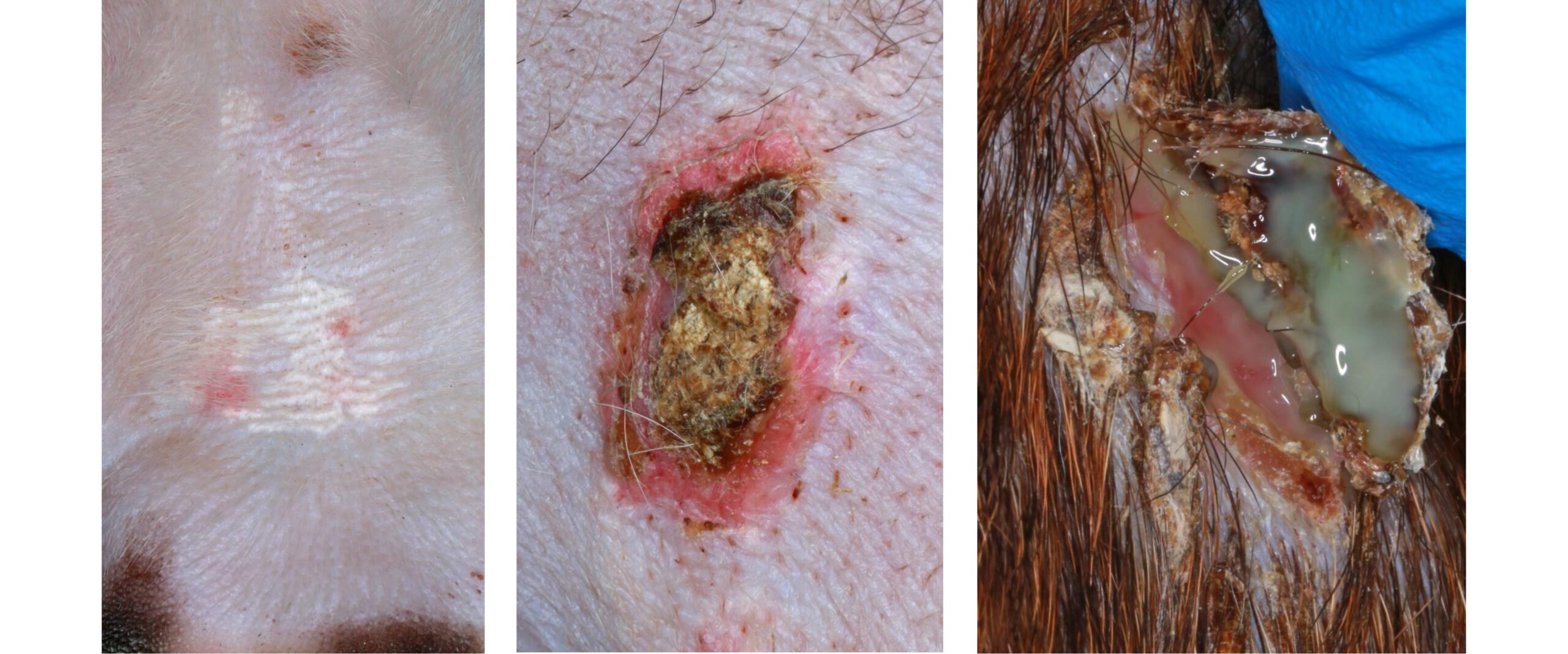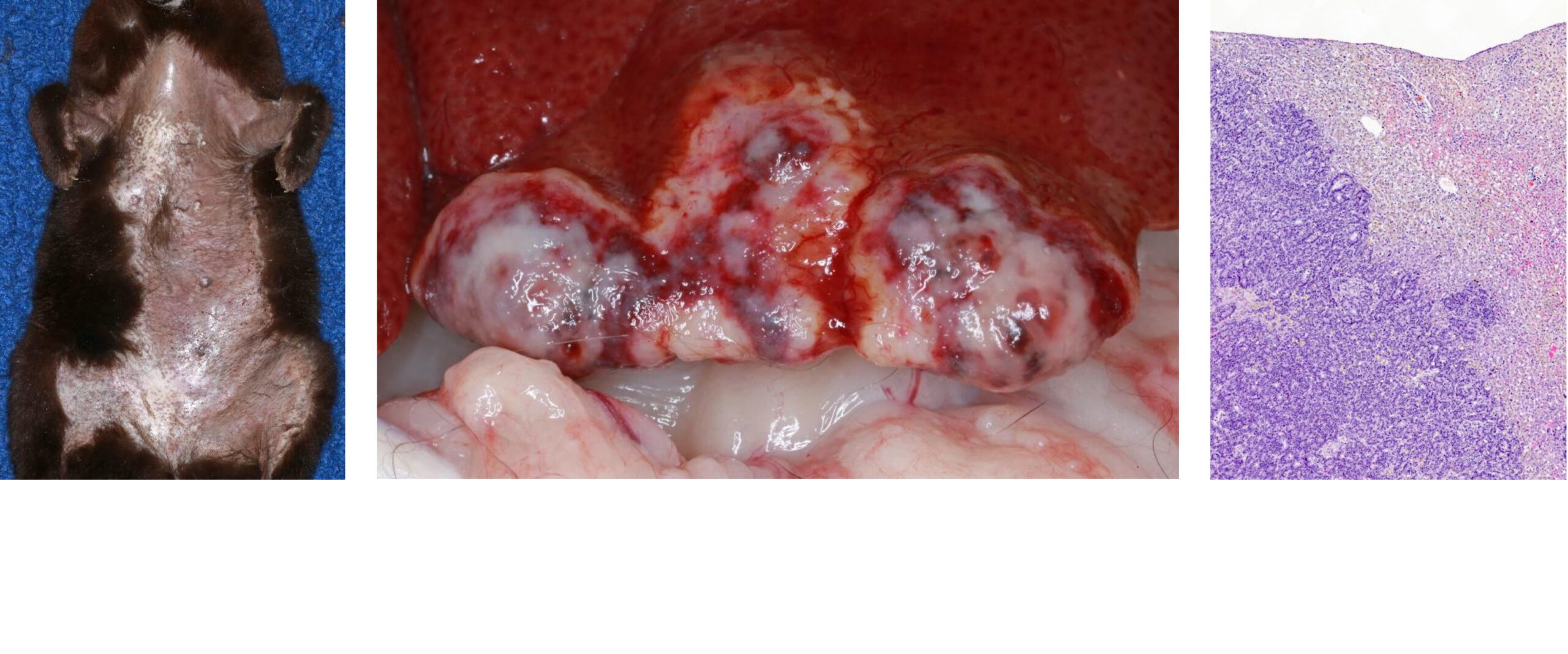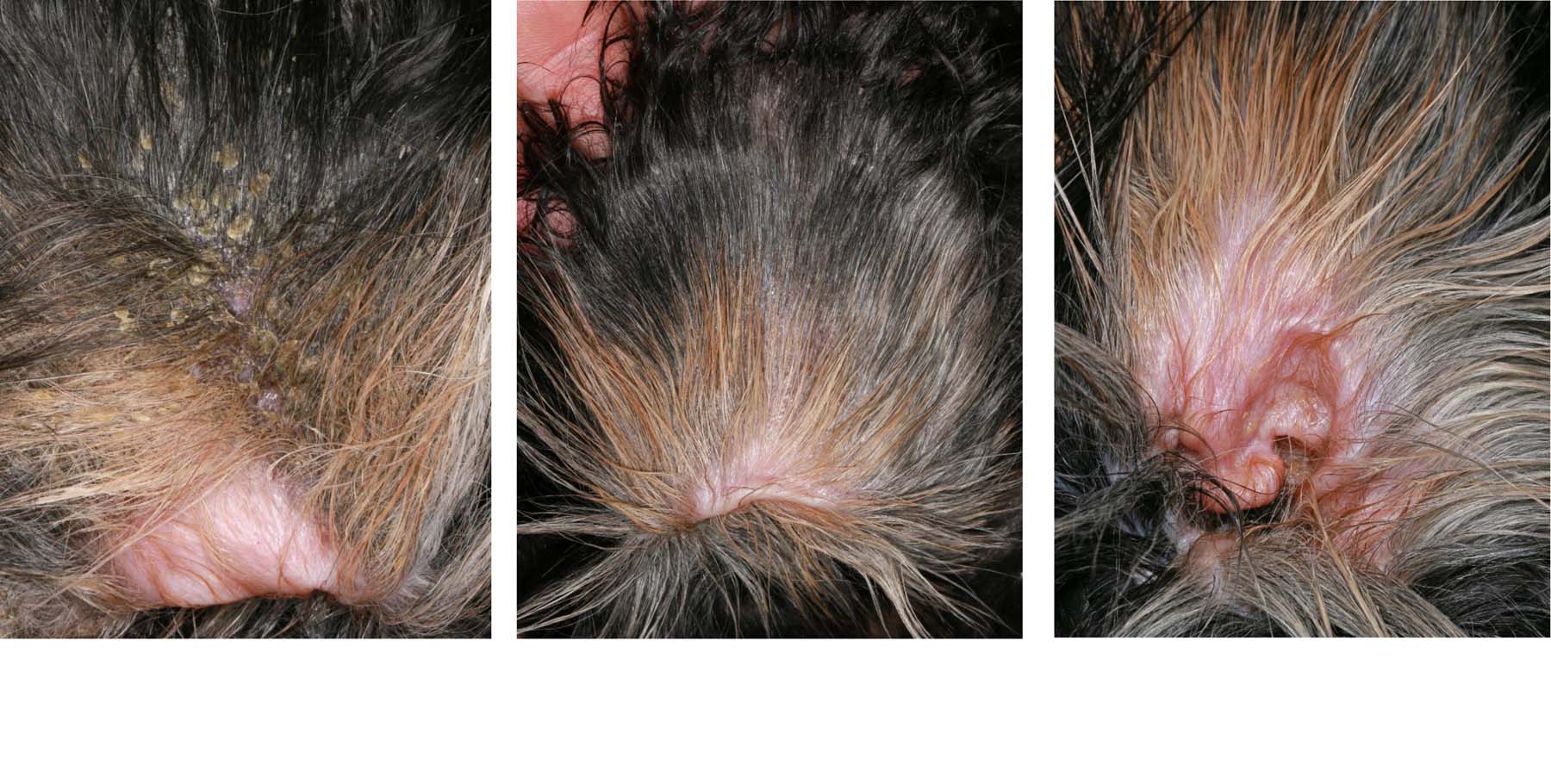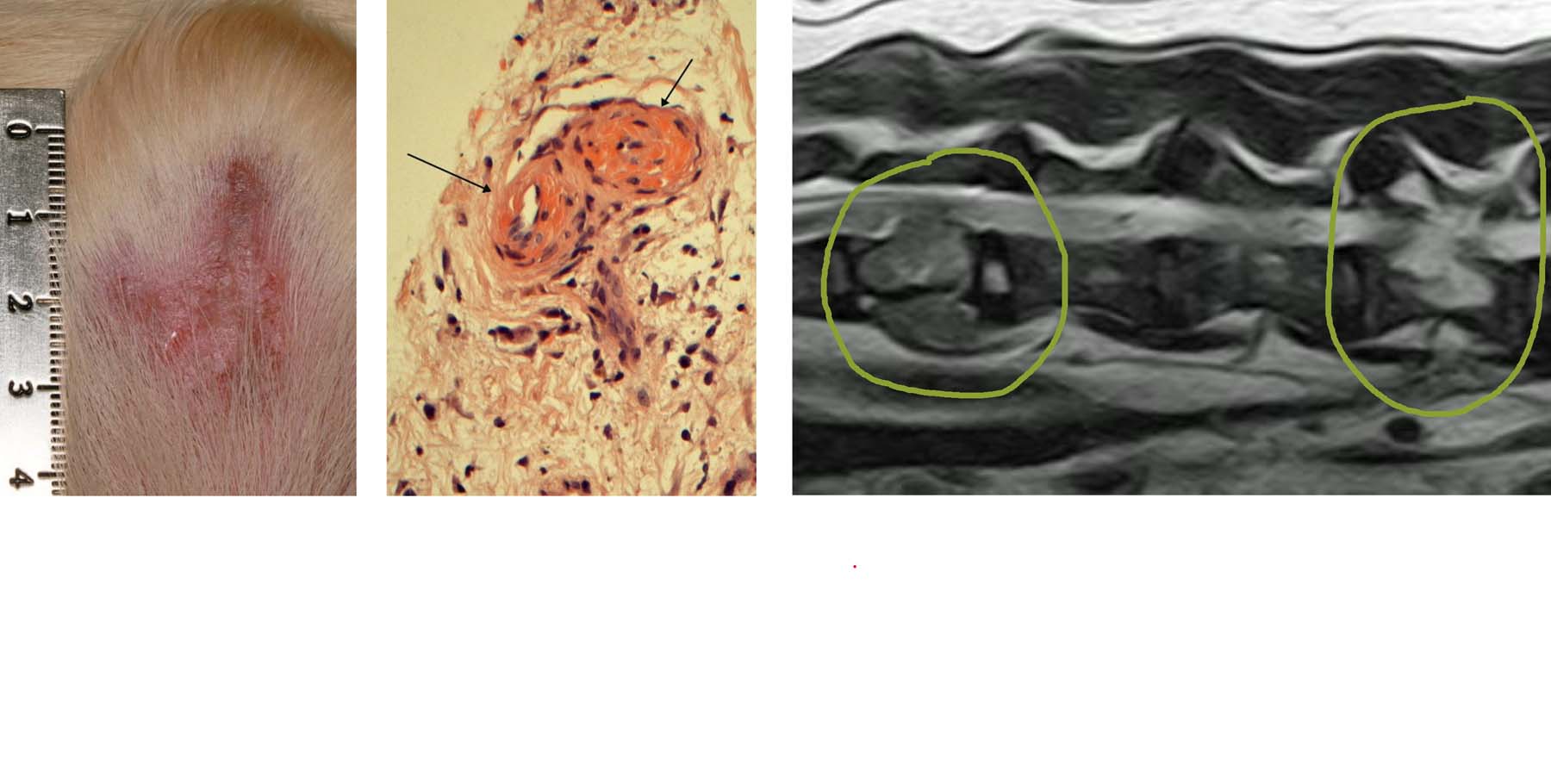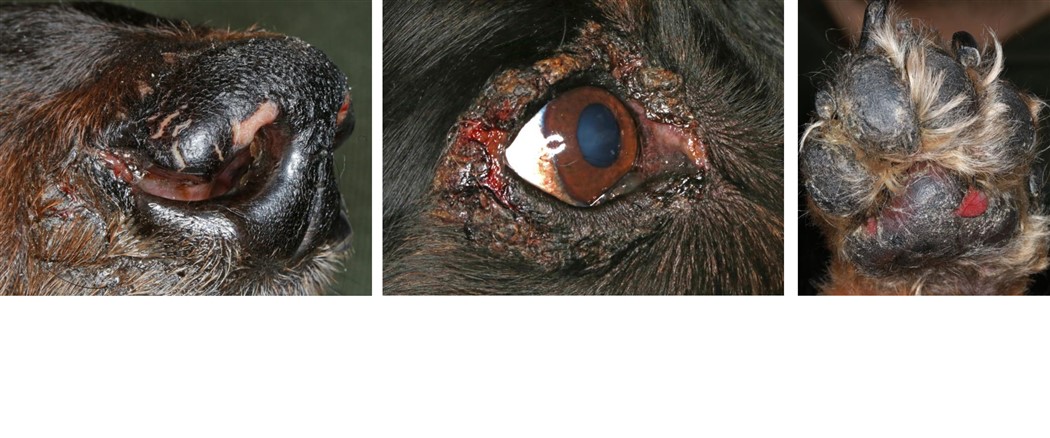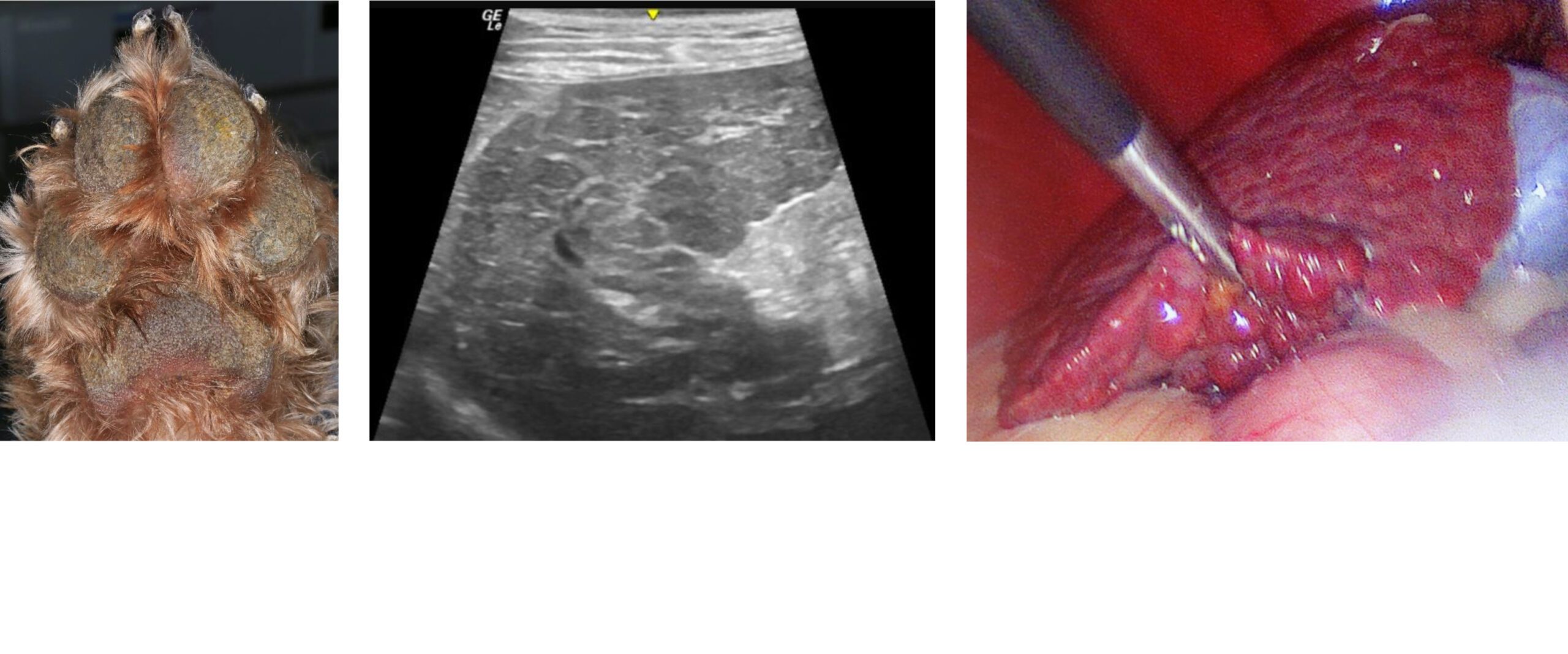Cutaneous paraneoplastic syndromes include a series of skin diseases, associated with the presence of neoplasia (benign or malignant), at a distant site, that are unrelated to mass effects or invasion by the primary tumour or its metastases. These skin disorders follow a parallel course to the neoplasia. In the strictest sense, in order to be classified as a paraneoplastic syndrome, the skin changes should occur concurrently with the malignancy & resolve with remission of the cancer. These syndromes are either known to be, or in some cases, thought to be, mediated by humoral factors (hormones or cytokines) or by an immune response directed against the tumour.
In man, more than 30 cutaneous paraneoplastic disorders have been reported – most commonly associated with malignancies of lung, breast, ovarian & lymphoreticular tissues.
Paraneoplastic skin disorders are only rarely reported in the veterinary literature, which may reflect a lower incidence in animals or a failure to recognise an association between a skin disease & underlying neoplasia. Dermatoses that have occasionally been associated with concurrent neoplasms in Dogs:
- Amyloidosis
- Endocrinopathies (hyperadrenocorticism; feminisation syndrome) – former in 1st slider image
- Erythema multiforme & Stevens-Johnson syndrome
- Hepatocutaneous syndrome (metabolic epidermal necrosis, necrolytic migratory erythema, superficial necrolytic dermatitis or aminoaciduric canine hypoaminoacidemic hepatopathy syndrome (ACHES)) – 5th & 6th slider images
- Nodular dermatofibrosis
- Pemphigus – 3rd slider image
- Vasculitis or Vasculopathy – 4th slider image
And in Cats:
- Alopecia related to pancreatic & biliary tumours – 2nd slider image
- Thymoma-associated exfoliative dermatitis
Paraneoplastic syndromes may be the first clinical sign of an underlying malignancy so prompt recognition by early referral can be extremely important in early diagnosis if cure is achievable or to prevent unnecessary investigations, ineffective treatments &/or prolonged suffering.

